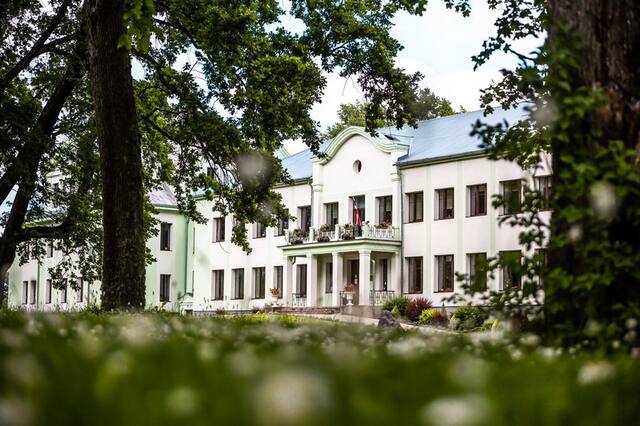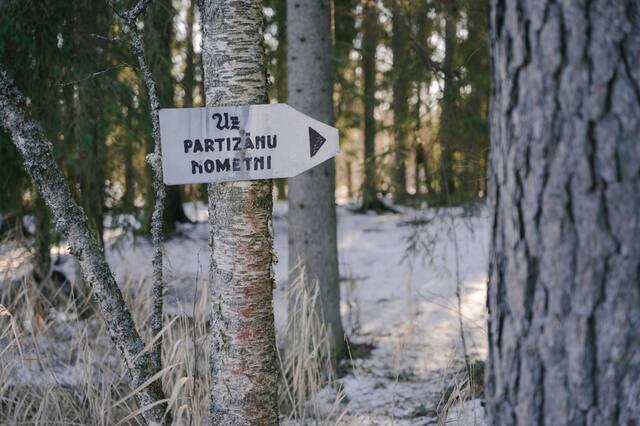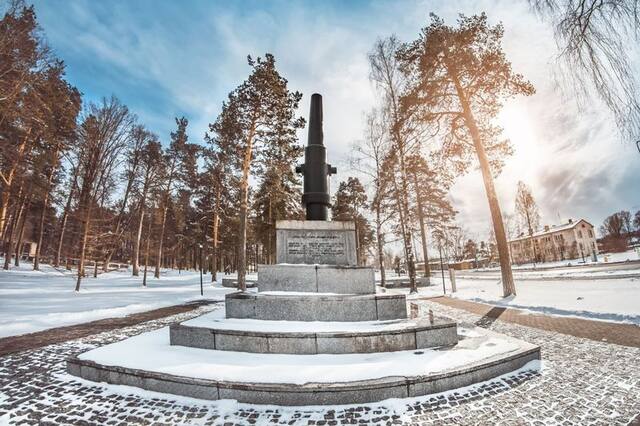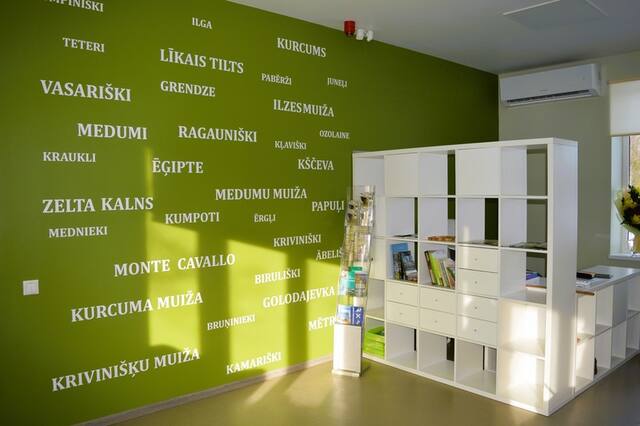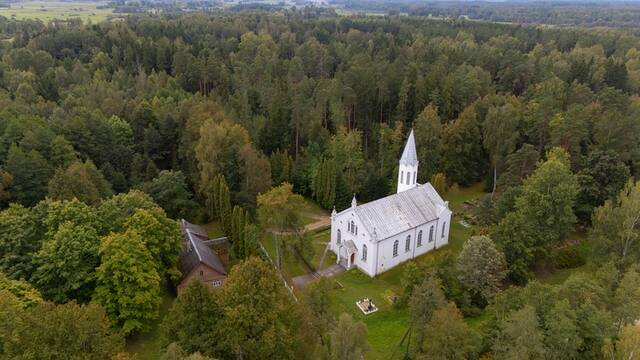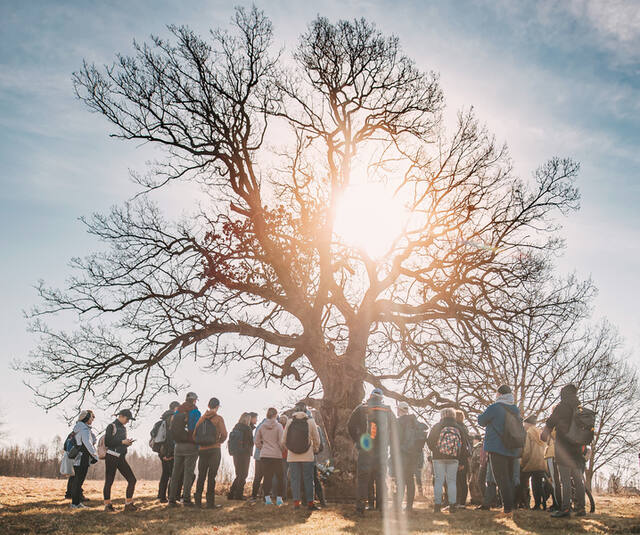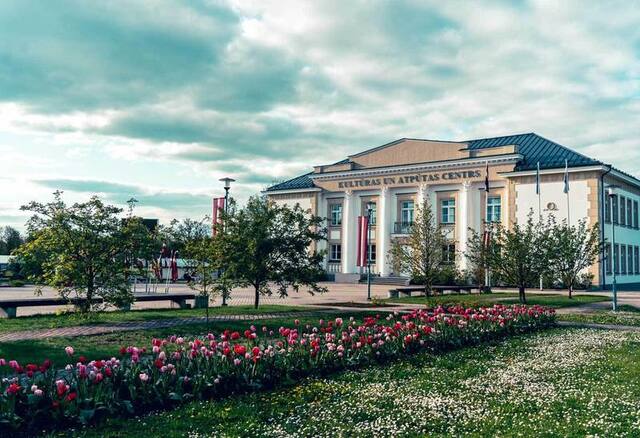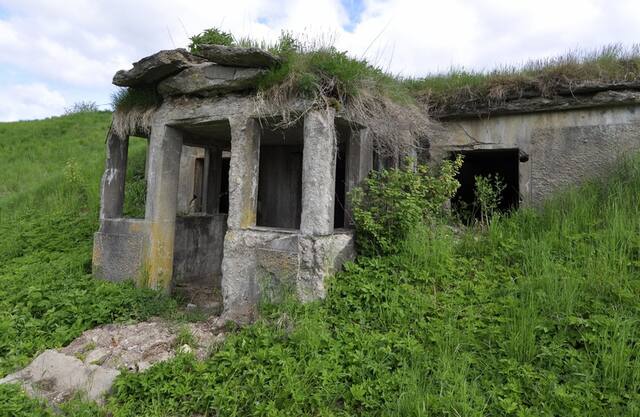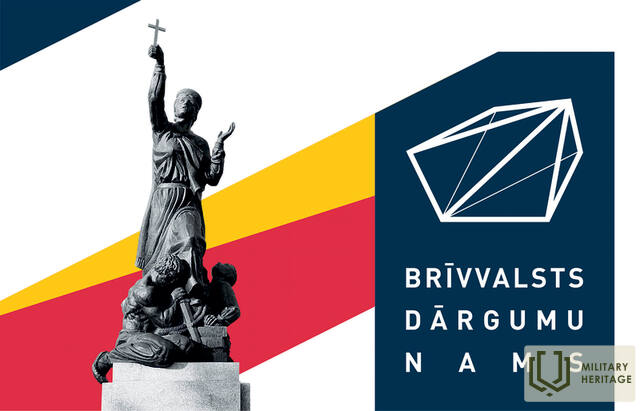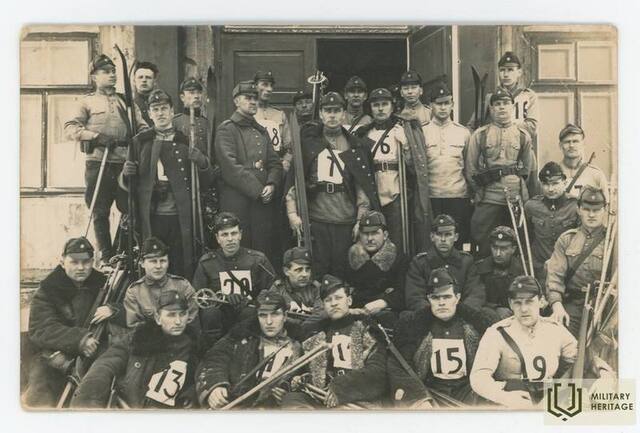Karinio paveldo turizmo audiogidai
Susipažinkite su mūsų audiogidų sąrašu, kuris leis jums atrasti Baltijos šalių karinį paveldą. Lankantis šiose istorinėse vietose, šie audiogidai suteiks jums gilesnį supratimą apie įvykius, kurie formavo mūsų regiono istoriją.
Hitler in Malnava and German Bunkers During Second World War
Hello and welcome to the historical audio guide tour of Malnava! Today, you will learn about the events that took place here during Second World War. We will focus on the operations of the German Army Group "North," Adolf Hitler’s visit, and the construction of bunkers in Malnava. You will also discover how these events affected the local population.
National Partisans in the Stompaki Swamp
During WWII, Stompaki swamp was one of the largest national partisan camps in the Baltics, with 24 bunkers and several surface buildings. The Stompaki battle took place here on March 2, 1945, a major clash between partisans and Soviet forces.
The Liberation Monument of Līvāni
The Liberation Monument in Līvāni honors the events of year 1919, when the town was freed from Bolshevik control. Designed by architect Pēteris Dreimanis, it stands as a symbol of gratitude – a tribute to the people’s struggle and sacrifice for Latvia’s freedom.
During World War I, Līvāni sat on the front line for almost three years. A third of its 400 buildings were completely destroyed, including the Catholic church and cemetery. The local population was exhausted, starving, and desperate.
Medumų Pirmojo pasaulinio karo muziejus
Prieš Pirmąjį pasaulinį karą Medumų teritorija buvo populiari poilsio vieta, traukusi menininkus, rašytojus ir aktorius. 1836 m. per Medumus ėjo ilgiausias pašto kelias tuometinėje Rusijos imperijoje – Sankt Peterburgo–Varšuvos traktas. Šiam keliui buvo pastatyti specialūs pastatai: stotys, arklidės ir aptarnavimo statiniai, pavyzdžiui, sarginės, kuriose apsistojo kelio patruliai, tikrinę keliautojus. Tuo tarpu kašarkos tarnavo kaip būstai kelių prižiūrėtojams ir kariams. Medumuose gyveno įvairių tautybių žmonės – vokiečiai, lenkai, latviai, lietuviai, rusai.
Vanagi Church
We are standing at the Church of the Holy Trinity in Vanagi – a small Roman Catholic church tucked away in a remote corner of Latgale. It may seem quiet and modest, but within its walls live stories that reflect both the deep faith of this region and the tragic events of the 20th century.
This is the story of the church – and the people who built and served it. Especially one man: its spiritual leader, priest Antons Juhņevičs.
Hiking tour Jersika-Vanagi "In the Footsteps of National Partisan Legends
Hike from Jersika to Vanagi (approx. 22 km) is a good test of endurance – the route leads through forests, swamps, bogs, meadows, and country trails.
Along the way, you can listen to an audio guide about the most notable figures of the National partisan movement, their activities, and explore significant sites surrounded by local legends and preserved in the memories of those who lived through those times.
Balvi
In the audio guide, explore the twists and turns of the Balvi region’s history – from the era of manor lords, through the freedom struggles of the national partisan movement, to the repeated occupation and its impact on the local population.
Take a walk through the town, follow the audio guide’s route instructions, and discover Balvi from a different perspective!
First World War bunkers
he marked cross-border cycling route No. 790 crosses the territory of Latvia and Lithuania.
The First World War has left long-lasting scars not only in people’s destinies and hearts, but also in our land. Until our days, in the forests of Medumi parish in Augsdaugava district, countless bunkers, cannons and ammunition storages, trenches, and graves of soldiers who fought on both sides of the front have been preserved until our days.
On the route, it is possible to see several better-preserved bunkers, as well as the expositions of the First World War in Medumi and Turmantas (Lithuania), dedicated to the First World War.
House of Treasures
Welcome to the House of Treasures of the Free State – a place where the era of Latvia’s first independence comes to life!
This is no ordinary exhibition hall – it’s a true treasury, a source of pride not only for the people of Rēzekne but for all Latvians. Here, you’ll find hundreds of unique historical artifacts – medals, breast badges, uniforms, swords, documents, photographs, and more, telling the story of our nation from the War of Independence to the outbreak of World War II.
The most amazing about the exposition is that around 80% of these treasures have returned home from abroad, thanks to ten passionate collectors who spent years tracking the items down and preserving our history.
The border guards along Latgale’s eastern border from 1918 to 1940
In this audio guide, you'll learn about the guardians of border along Latvia’s eastern border in Latgale – the border guards. You’ll discover what their daily lives were like between the founding of the Latvian state in 1918 and the Soviet occupation in 1940.
Today, thanks to modern technology, border surveillance might seem relatively straightforward. But hundred years ago, guarding the border was a serious challenge that demanded not only physical endurance but also great courage and a strong sense of responsibility. Back then, border guards had to rely entirely on their own skills, experience, and teamwork to protect the country – often in remote and difficult terrain.
It’s important to remember that borders are not just geopolitical lines. They are also home to real people, with their own social lives, cultures, and livelihoods.
We hope these stories will help you appreciate the dedication, professionalism, and bravery of Latvia’s border guards, past and present.




